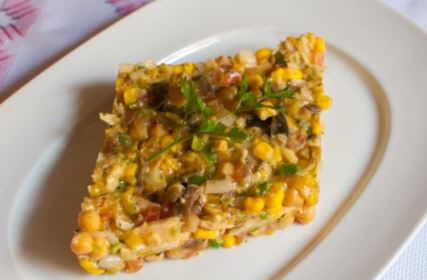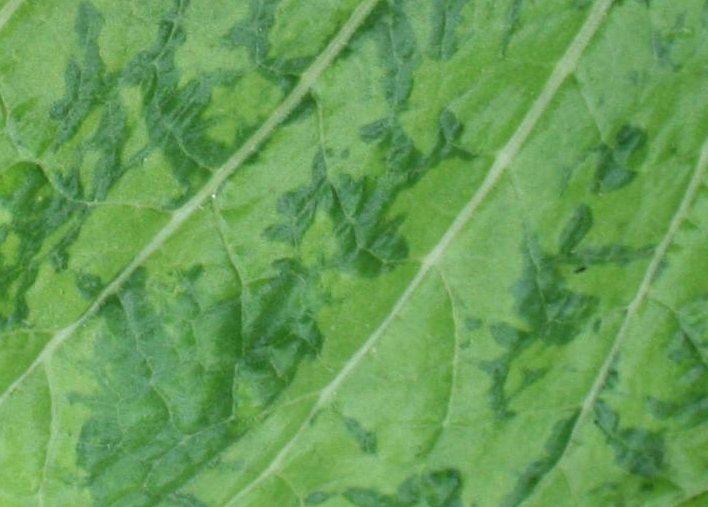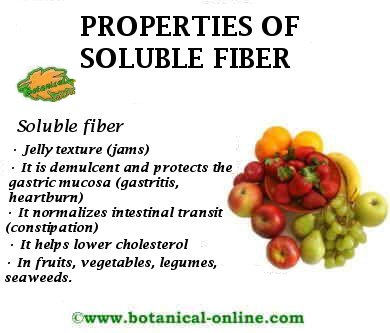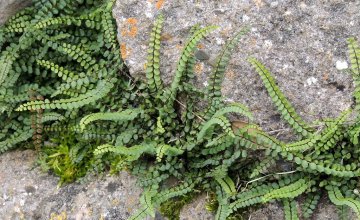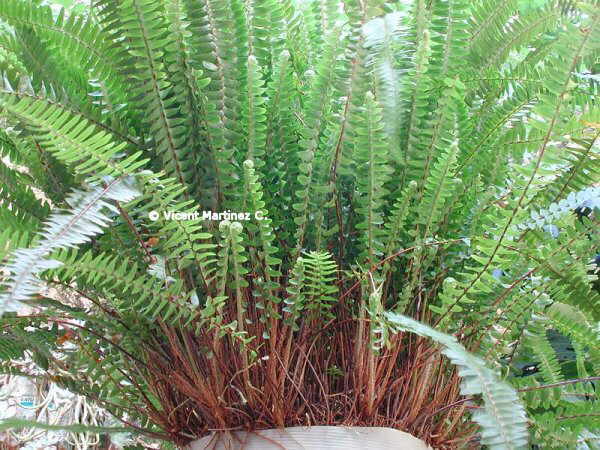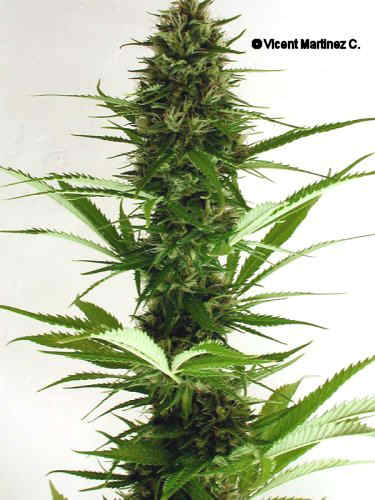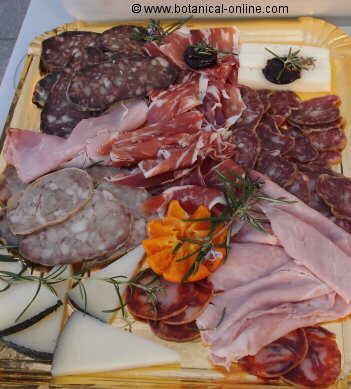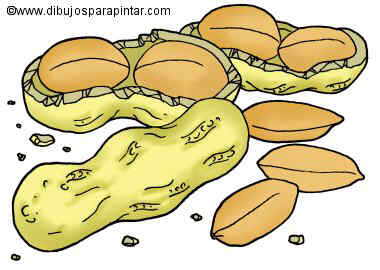How to plant and grow stevia (Stevia rebaudiana Bertoni)
Stevia (Stevia rebaudiana Bertoni) is a perennial plant in temperate climates, so it loses the aerial parts in winter, but regrows each year with new stems.
In cold climates, stevia is an annual plant.
It is grown for medicinal purposes, as an edible plant, or as a sugar substitute, using the plant in a variety of recipes and preparations
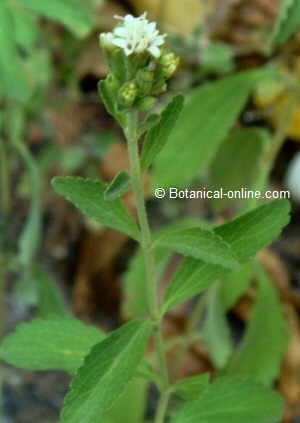
Photo of stevia plant where you can see the shape of their leaves and flowers. Photo of stevia plants as sold in garden stores
Description of stevia
Annual or multi perennial shrub of Compositae family up to 9 m. Stems erect. Green leaves up to 5 cm long, dark, simple, alternate, toothed, lanceolate or elliptical. Dioecious plant (different plants if they are male or female), with female flowers white tube-shaped, gathered in corymbs. Fruits in acheny.
Growing conditions: climate
– Stevia is a plant of tropical origin (from Paraguay) that can be grown in temperate and tropical areas of the planet. It prefers hot and humid climates. In cold places, it is convenient to grow it in greenhouse
– Location preferably in full sun. It can grow in semi-shade.
– It does not tolerate drought.
Soil requirements
– It can be grown in loamy or sandy-clay soil with good drainage to avoid flooding and water accumulation in the roots.
– It requires a soil rich in organic matter, so it is recommended to add hummus to the ground. This step can be performed prior to planting, after plowing the field. Plowing will loose the soil and will promote the rooting of plant and its better adaptation.
– Types of soils: It prefers slightly acidic soil, but can be grown from acid ones to those with a low alkalinity.
Stevia propagation by cuttings
The most common way to reproduce the plant is by cuttings, because the seeds of stevia have little ability to germinate (Most seeds do not germinate).
To reproduce a plant, cut a scion of about 8-10cm. The cuttings are obtained from other adult plants, and it is important that the stems do not have flowers.
Remove the first 2-4 leaves from the bottom, to bury the stem. Leaving to many leaves may favor plant dehydration.
Prepare a suitable container with loose compacted soil (to facilitate rooting) and rich in organic matter. Bury the cutting about 3 cm. depth and water it with plenty of water the first time.
During the first few weeks, it will be watered daily and the stevia plant will remain in a place in partial shade, sheltered from the wind and without direct sunlight.
Within two months, the plant will be producing new leaves and will begin to grow. At this time, it can be transplanted into a larger container or directly in the garden.
Stevia is a perennial plant in temperate climates, that is to say, it loses the aerial parts in winter, but regrows with new stems the following year (for 5-6 years). In these climates, it can be a very suitable plant in a garden, when planted in a sunny and wind protected location.
If planted in an orchard, it is convenient to prepare the garden: Location, ploughing and fertilization.
Stevia irrigation
Stevia requires moisture and warm weather. It is advisable to water it regularly, especially during the first months of growth, and when the ambient temperature is high, in summer months or when it is warmer.
It is important to avoid drought, with the help of a finger test the lower layers of soil are not completely dry.
Soil must have good drainage, waterlogging is not convenient, because it favours the onset of fungi diseases and root rot.
How to harvest the leaves of stevia
Stevia leaves, which are rich in steviosides, its sweetening components, must be harvested.
In late summer or early autumn, the stems are cut with leaves, preferably during daylight hours and never after rain or water (moisture hinders the proper conservation of this plant material).
Branches with leaves are dried in a clean, dry place for about 2-3 weeks.
Once dried, stevia leaves are easily separated from the stems. Keep the leaves in a glass jar sealed in a dark, dry place.
It is important to maintain proper hygiene throughout the handling process to better preserve its properties and avoid contamination (hands-washin. We will wash the glass jar with dishwashing machine becase this reaches higher temperatures than hand washing, etc.).
Stevia cultivation to produce seeds
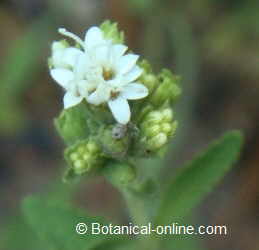
It is possible to obtain seeds of the plant. Flowers grow in stevia plant grouped in corymbs 2-6 florets. These are pollinated by insects.
In case of having a plantation, cross-pollination can be improved placinga beehive near the cultivation, thus contributing to improve and get better seed germination.
Stevia produces fruits in the form of thin, elongated achenes, about 3 mm long, with pappus.
Collected in late summer, they are stored in an airtight and dry glass, protected from moisture and without light, at a temperature of about 4 ° C.
Stevia seeds lose virtually all their ability to germinate at 5 months.
How to plant stevia
The cultivation of stevia from seeds is difficult because of its low germination capacity. It is difficult to propagate stevia seeds because most seeds do not germinate.
Plant seedlings in early spring. Keeping the soil moist until germination. The optimum germination temperature is 20ºC.
Plant in pots or in the final place of your field when the seedlings have a manageable size.
In a study of Purdue University, it was found that stevia seeds coloured in black had higher germination capacity, compared with tan or clear brownish seeds . In this study, the seeds germinate best with natural light (not dark) and at an average temperature of 24 ° C.
Uses of stevia
- Stevia as a medicinal plant: As a medicinal plant, stevia is used for treating diabetes, cholesterol and obesity.
- Stevia to improve the taste of tea or drinks: In addition to having medicinal properties, stevia sweetener power makes it an ideal ingredient to sweeten infusions. In some countries it is used to sweeten yerba mate tea.
- Edible plant: The leaves of this plant are edible. They can be prepared raw as a sweetener or cooked as a vegetable. It can also be used in cocktails without alcohol, such as mojitos.
![]() More information on side effects, properties and recipes of stevia.
More information on side effects, properties and recipes of stevia.

